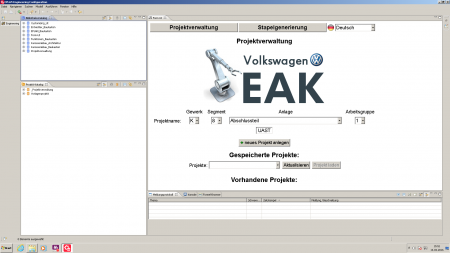EPLAN Engineering Configuration Hardlock Dongle
15-08-2016, 08:25. Author: vipsoft
The use of EPLAN Engineering Configuration One (EEC One) is the first step on the road towards automation. In electrical and fluid engineering pre-defined standards such as circuit board elements or value sets are automatically collated into a wiring diagram based on Excel, thus simplifying machine design. In control cabinet and switchgear engineering, in EEC One combined with EPLAN Pro Panel, predefined 3D assembly layouts and more flexible control systems have reduced the time needed for the virtual configuration and assembly of mounting levels in control cabinets. Customers striving to standardise processes and data in engineering will benefit from this automation over the long term.
A solid foundation
The designer can already start with automation when the EPLAN Platform is used. In the CAE system project templates, partial circuits (macros) or reports can be structured. Once the standards such as value sets of a motor output or the terminals used have been defined, EEC One comes into play. Individually developed project standards can be combined in spreadsheet form via an MS Excel front-end. Selection is facilitated by the integrated macro preview, which displays variants comfortably. The selected macros can be integrated in the spreadsheet by dragging-and-dropping. Decisive practical advantage: The macros automatically include their freely configurable parameters in the MS Excel front-end. Furthermore, extensive sets of rules can be created in MS Excel – thus avoiding the tedious work of entering the parameters manually. The design guidelines created in the process ensure maximum transparency and top quality in the schematics. Electrical or fluid schematics can thus be generated automatically at the click of a button. Companies profit three-fold from this automation strategy: Standards are created once in high quality; sets of rules secure the know-how centrally and automation of the documentation reduces the lead times considerably.
